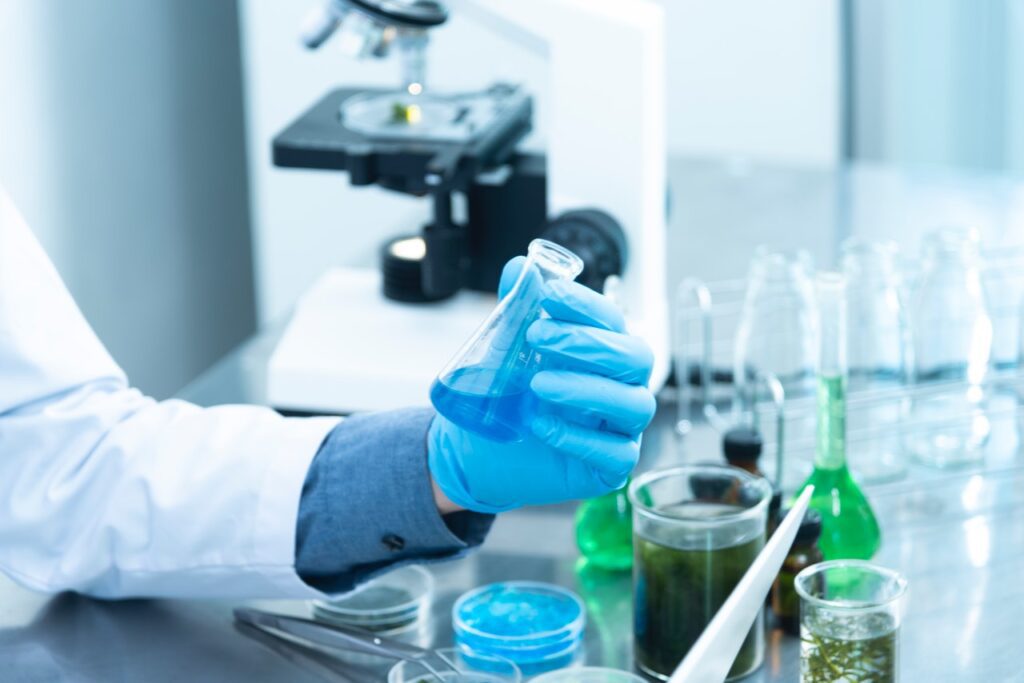Individual states and regions in the United States are taking various approaches to encouraging their local bioscience economies, and they are reaping rewards, a new report from the Biotechnology Innovation Organization (BIO) explains.
The bioscience industry’s total economic impact on the U.S. economy was $2.6 trillion dollars in 2018, as measured by overall output, the report says. It also notes that the U.S. bioscience industry has continued its impressive growth trend, generating high-paying, quality jobs: Workers in the sector average more than $107,000 a year, nearly twice the national average.
The report looks at seven trends that are driving bioeconomies in the states in 2021:
- States are building career pathways for future biosciences talent.
- States and regions are implementing an overall supportive regulatory climate.
- States and regions are developing agricultural, industrial, and environmental bioscience sectors in addition to their biomedical and health sectors.
- Physical infrastructure and facilities remain a priority.
- Universities and research centers’ technology transfer efforts are better understood by public agencies.
- Proximity to academic innovation is a driving influence.
- Increased focus on biomanufacturing is the future.
Encouraging students, incubating startups
States building career pathways for future biosciences talent are supporting students and encouraging development of biosciences startups, according to the report.
“The Illinois Biotechnology/Bioscience Training Investment Program (BioTIP) assists in encouraging graduate students to work part-time in biotech/bioscience positions. BioTIP provides grants to companies to help cover training costs for students who find part-time employment as lab technicians/engineers in the biotech arena and provides essential training to students to enhance their practical skills,” the report says.
The Iowa Biosciences Development Center involves the University of Iowa and Iowa State University in collaboration with businesses to support new technologies at an incubator for startups. The center also gives training for the highly skilled workforce that Iowa’s bioscience industry needs.
North Carolina’s Golden LEAF Biomanufacturing Training and Education Center (BTEC), an instructional center at North Carolina State University, provides education and training designed to develop skilled professionals for the biomanufacturing industry.
Tax credits, other incentives encourage job creation
Georgia is one of several states encouraging added growth in the life sciences sector with tax incentives, the report says. in addition to the Job Tax Credit that companies may earn for creating new jobs in Georgia, companies with jobs dedicated to manufacturing pharmaceuticals, medicine, medical devices, and equipment earn a bonus of $1,250 per job.
The Excelsior Jobs Program of New York State uses tax credits to encourage manufacturing and life sciences companies that create at least five net new jobs to expand and relocate to New York. “These companies are eligible for a number of credits, including a 6.85% credit on wages per net new job, a 2% credit for qualified investments, and a 50% credit on R&D expenditures up to 6%. That state also provides a manufacturer’s real property tax credit to qualified manufacturers located in New York State,” the report notes.
“Connecticut has a Manufacturing Innovation Fund that offers loans, grants, vouchers, incumbent worker training and apprenticeship programs and the $100 million over five years Innovation Corridor Program,” the report says. “It is designed to facilitate the creation of at least 15,000 new jobs in data science, advanced manufacturing, insurance technology, or other high-growth industries.”




